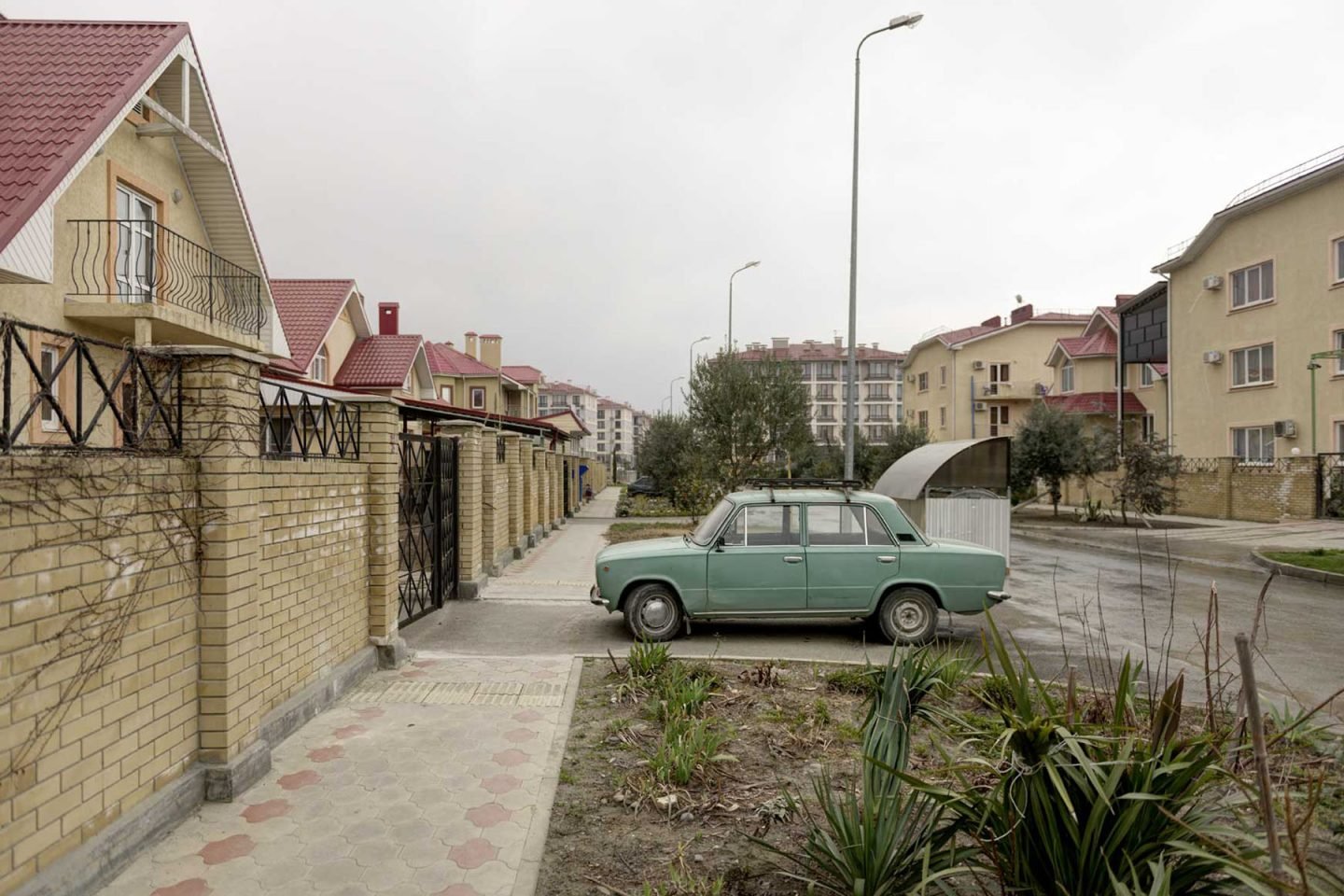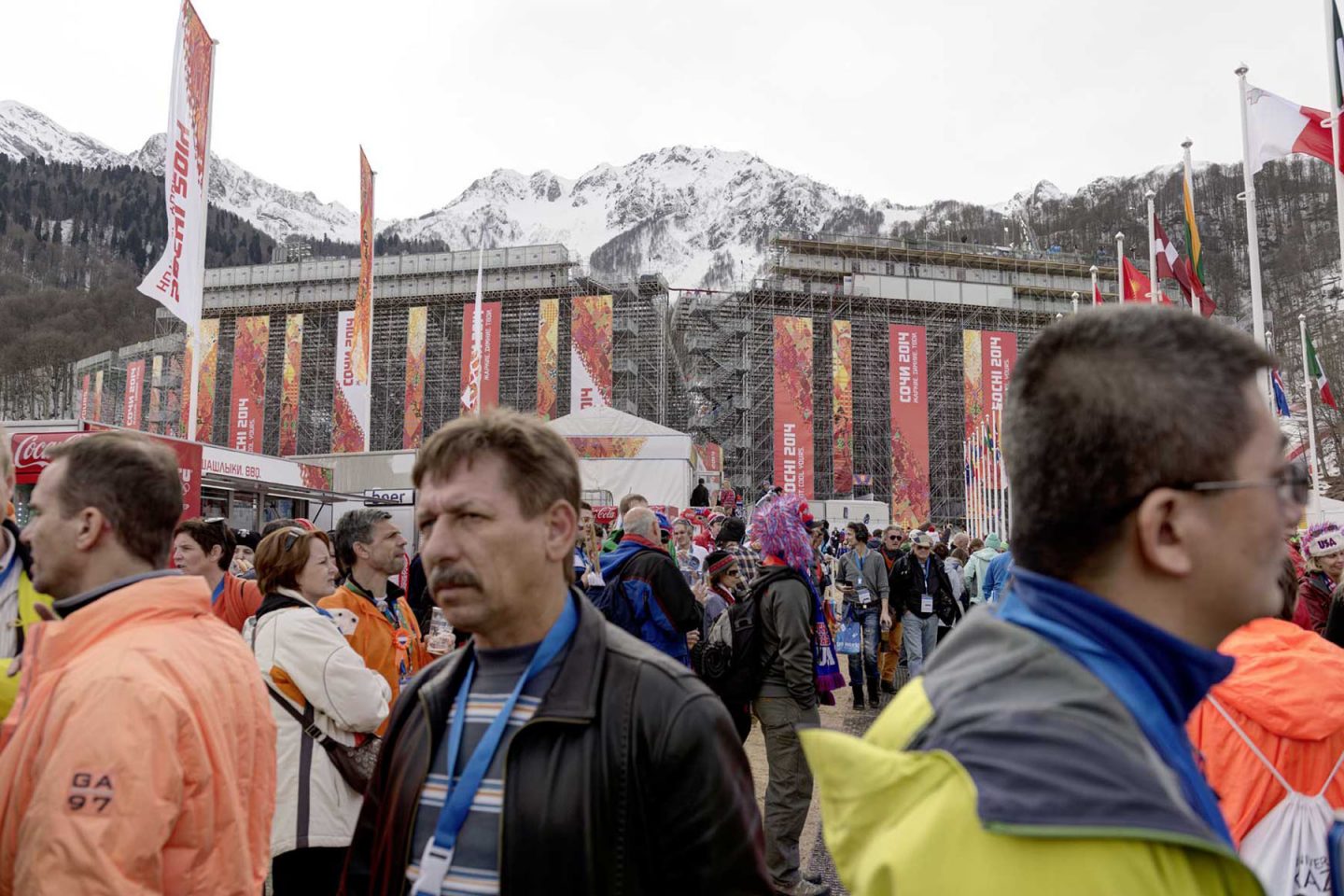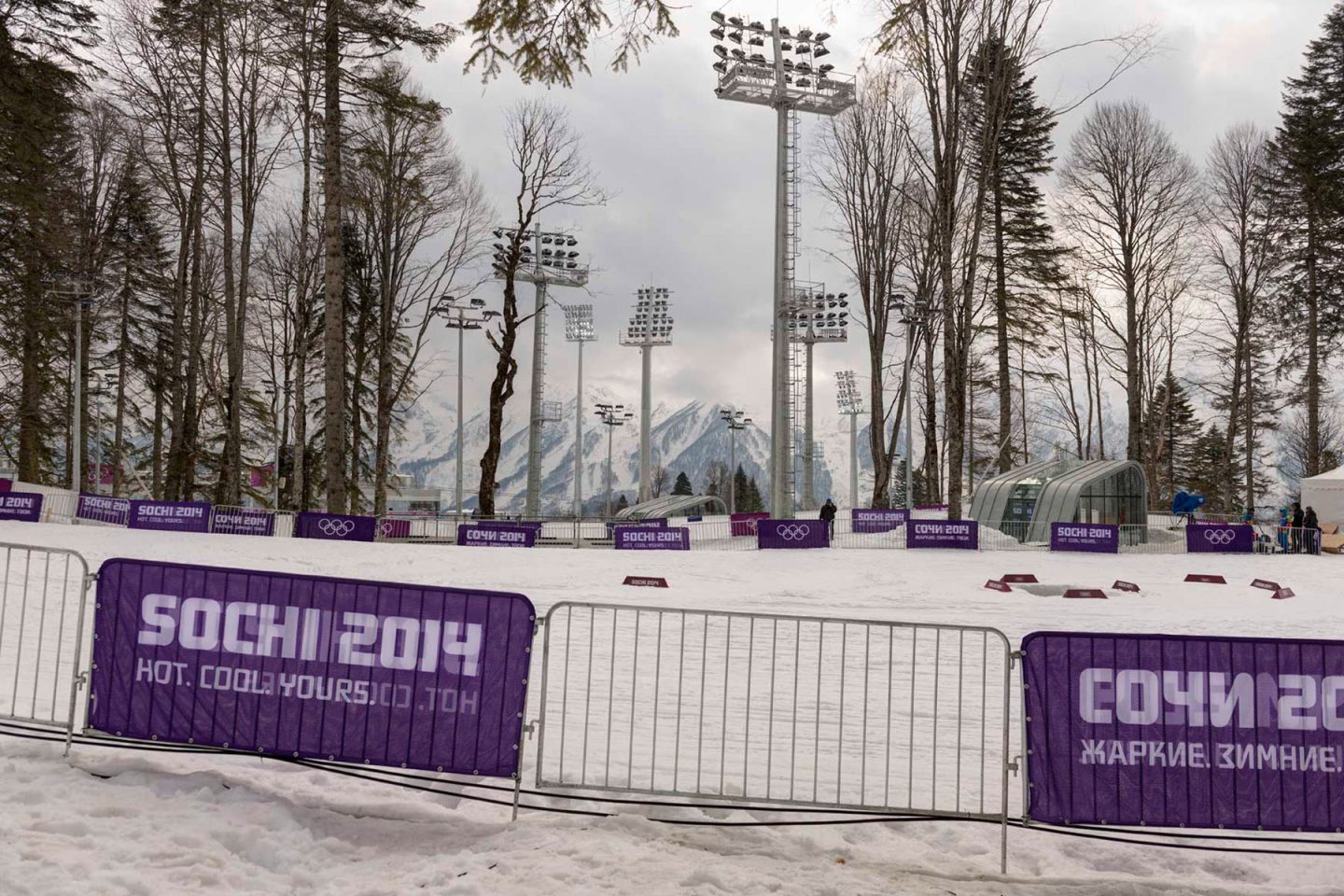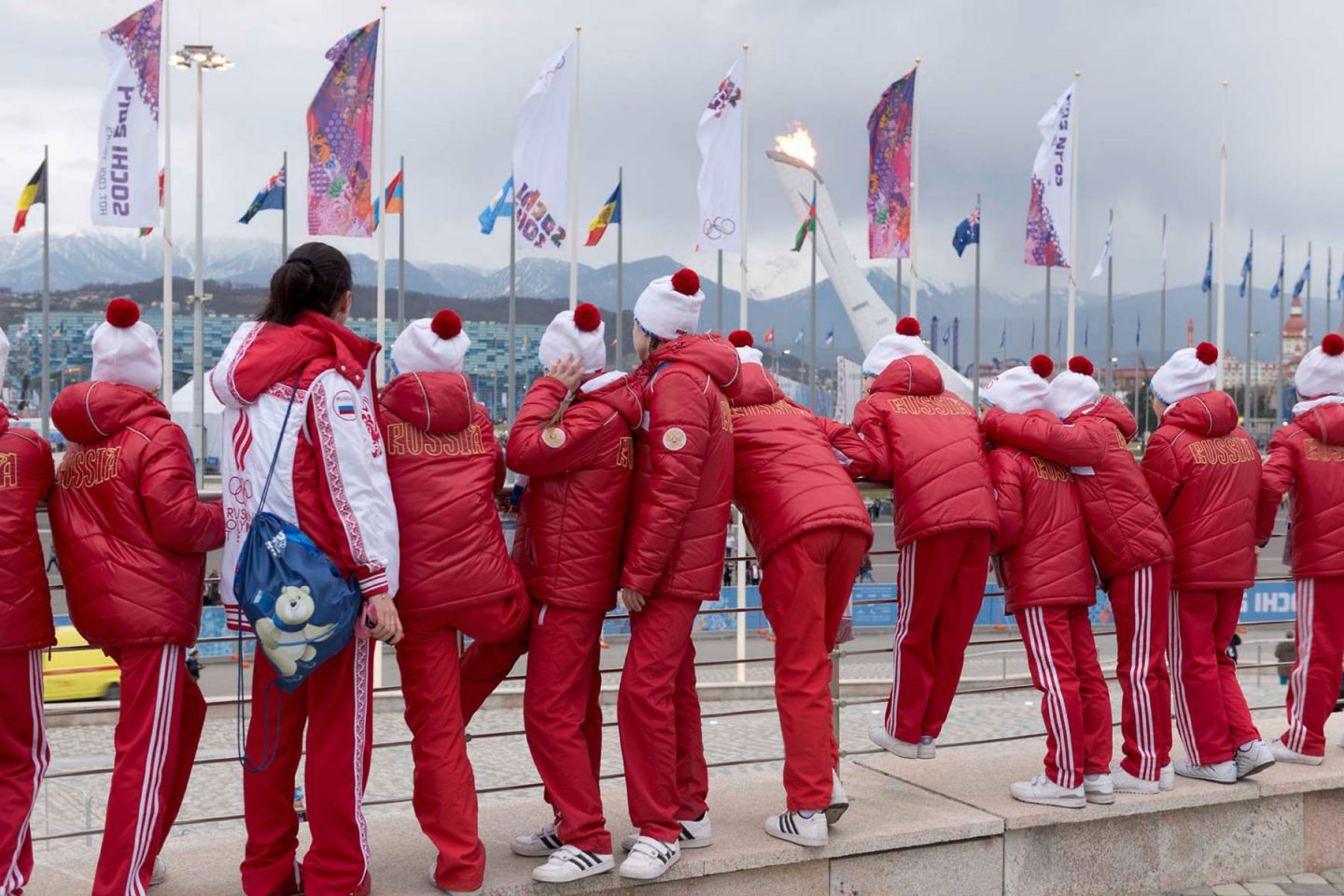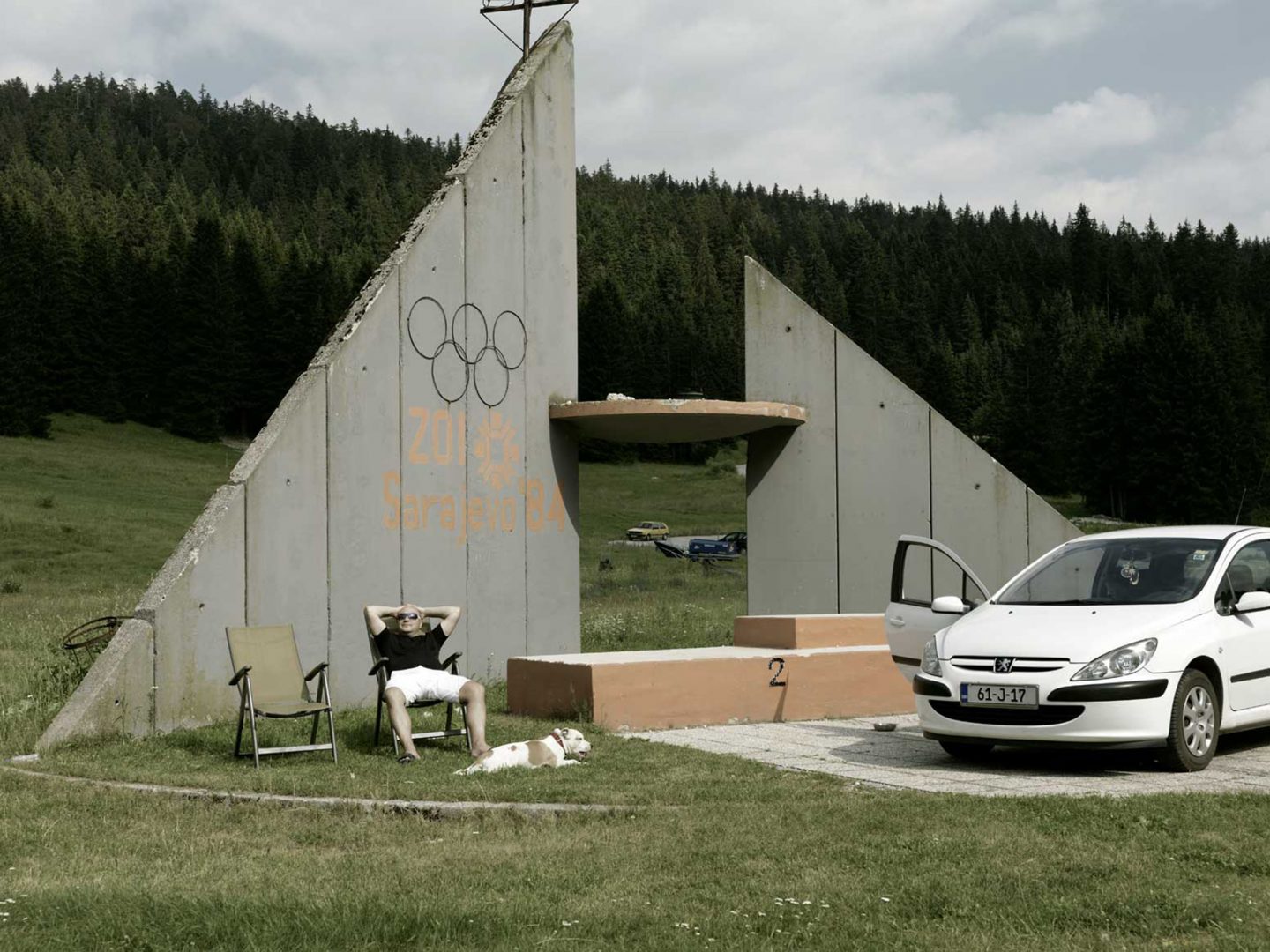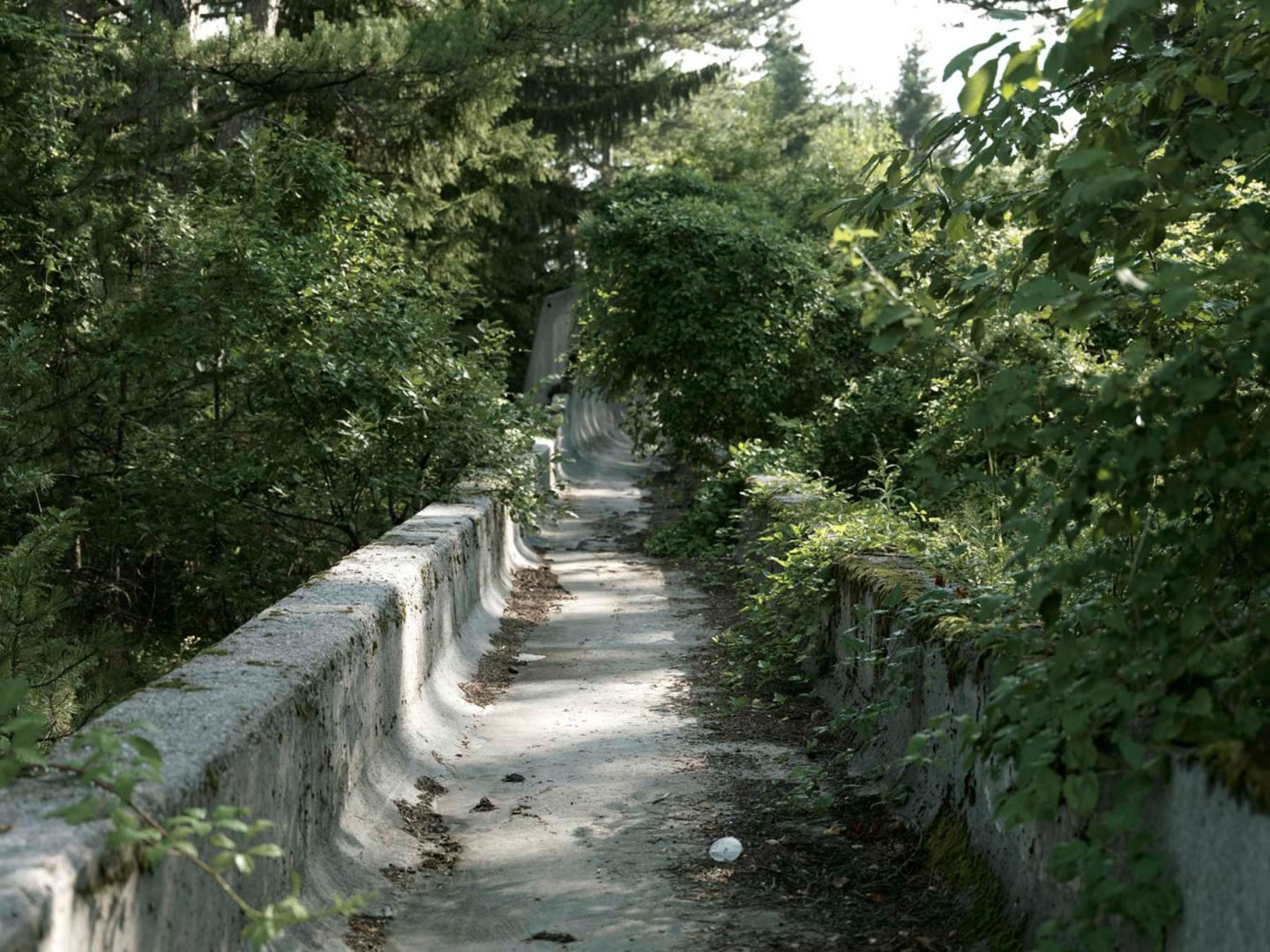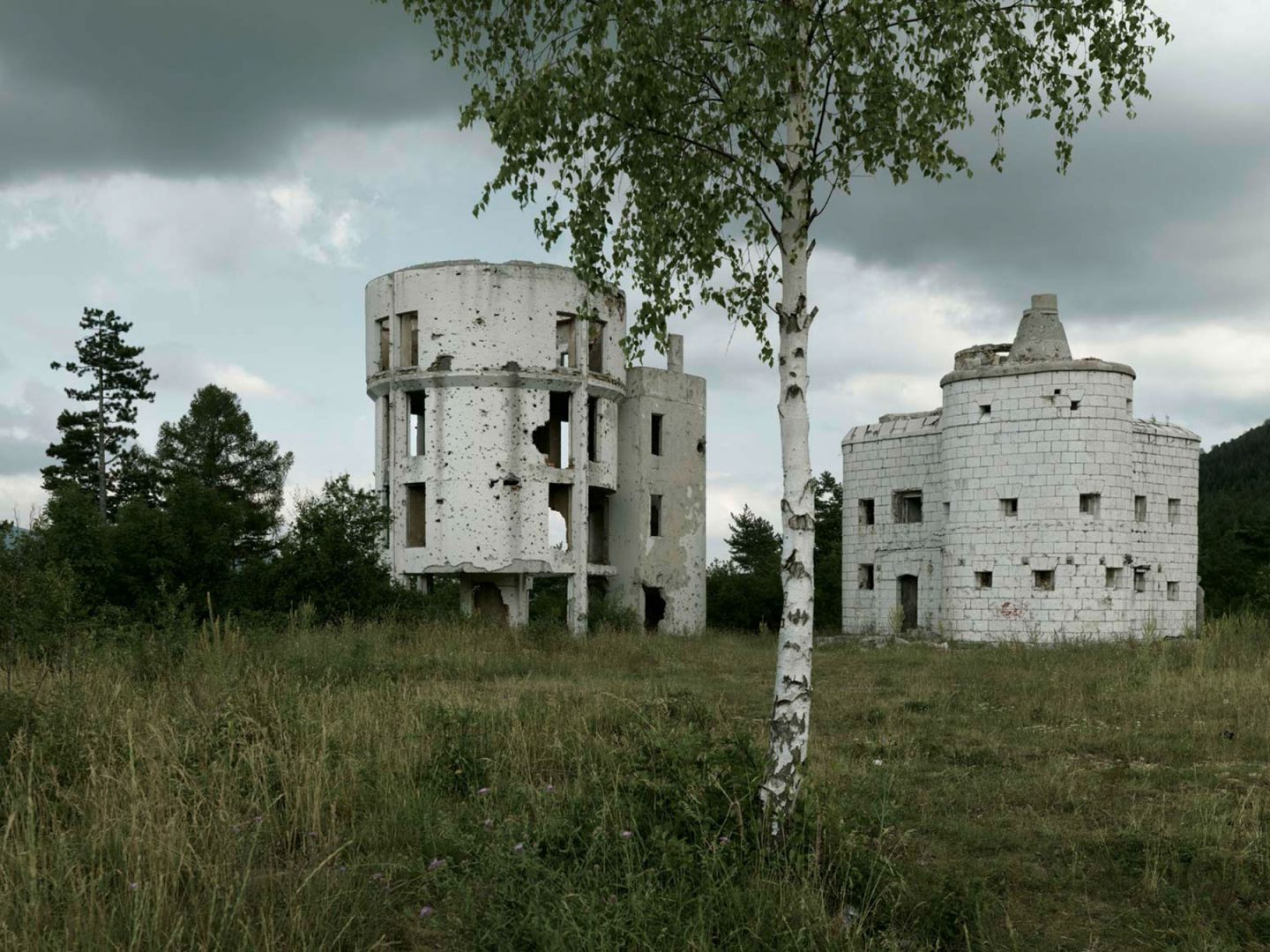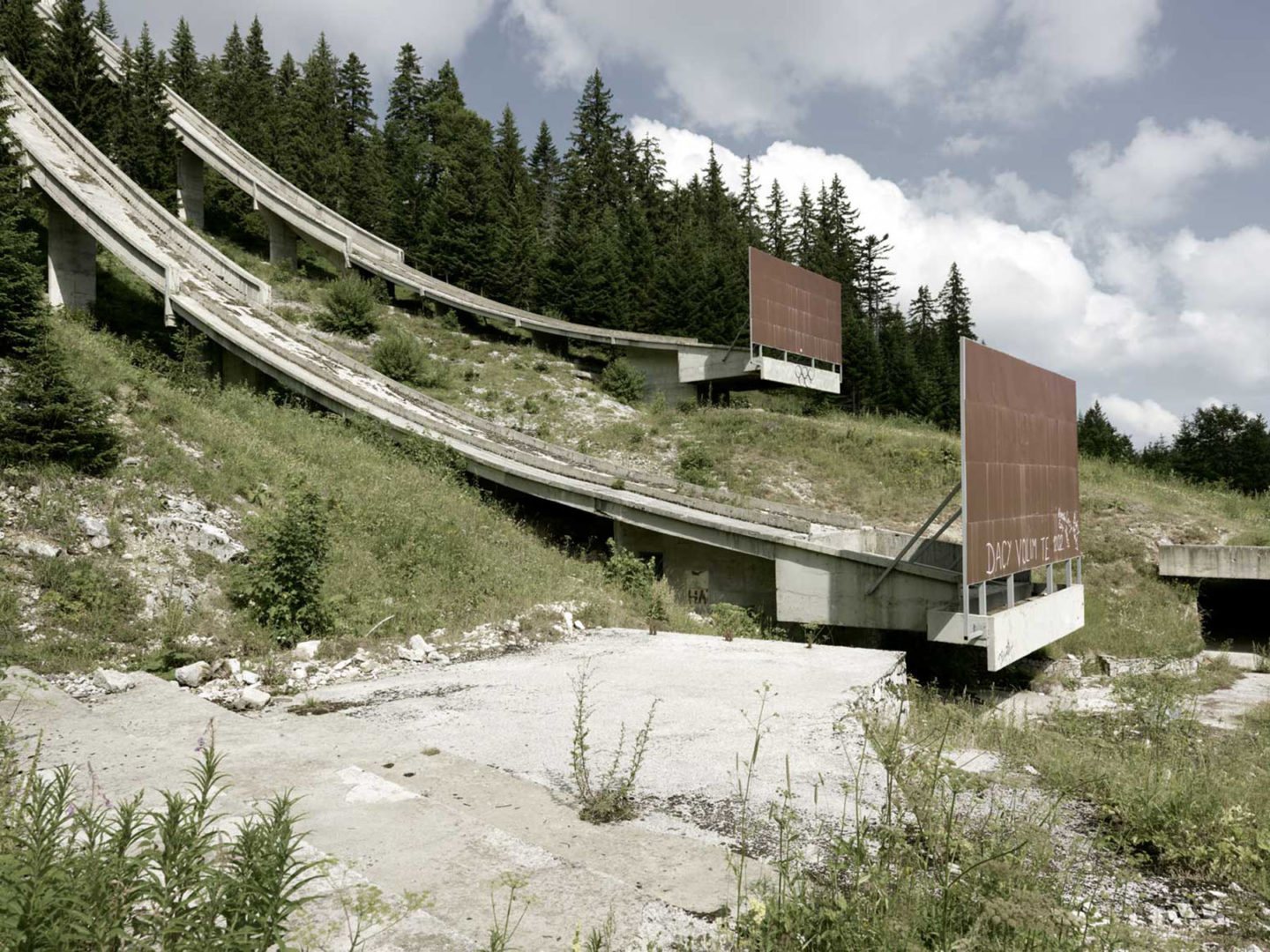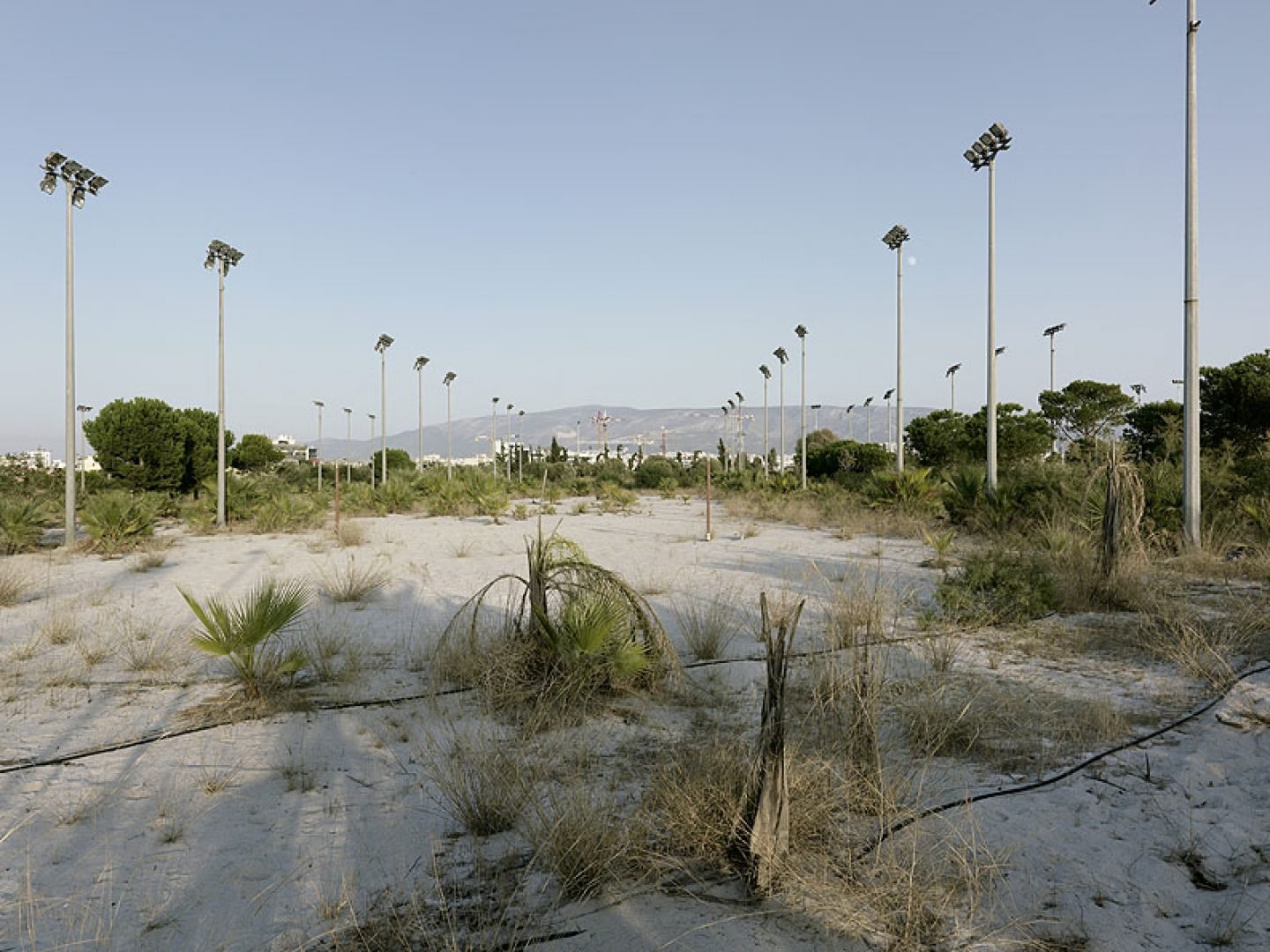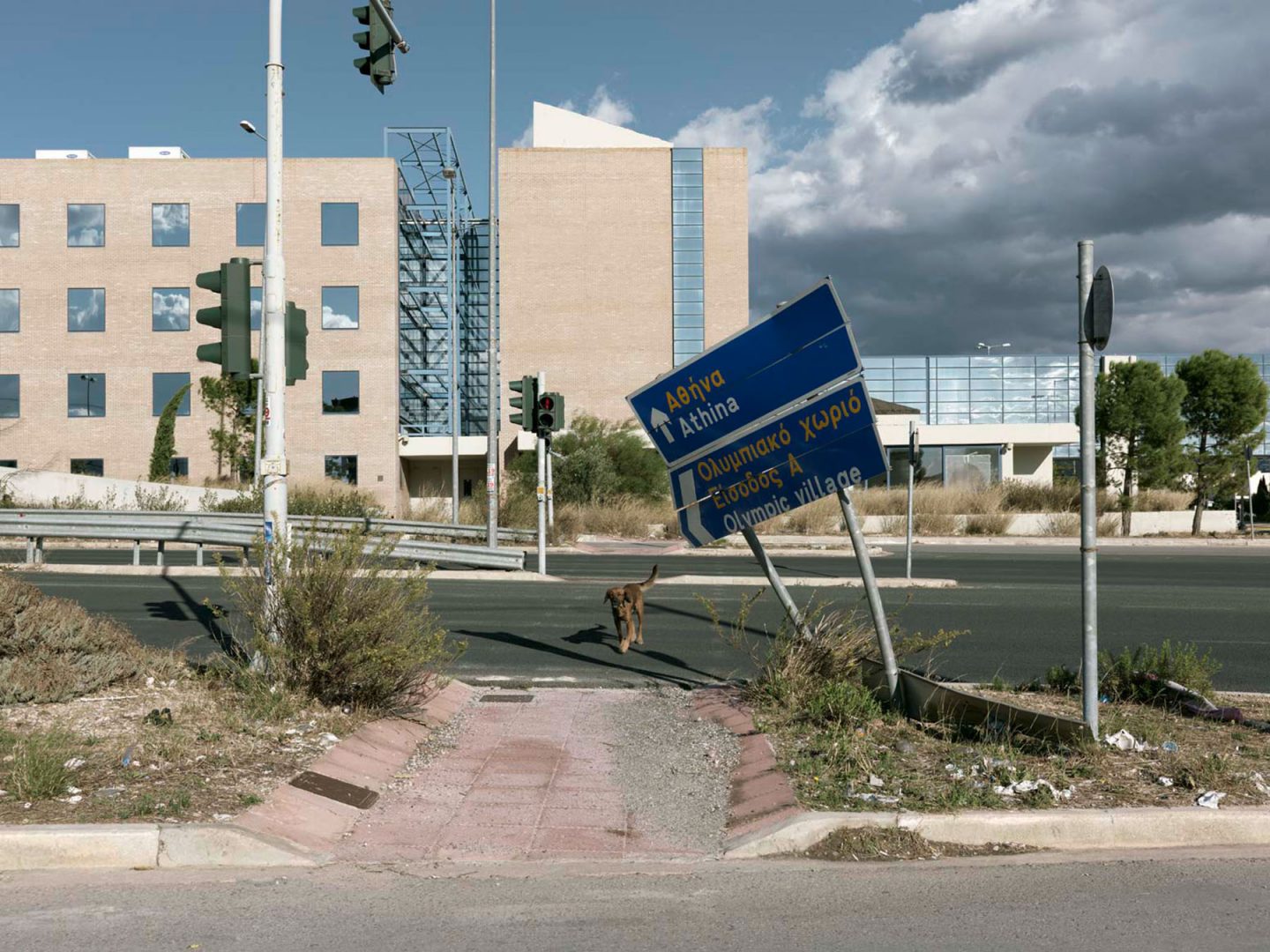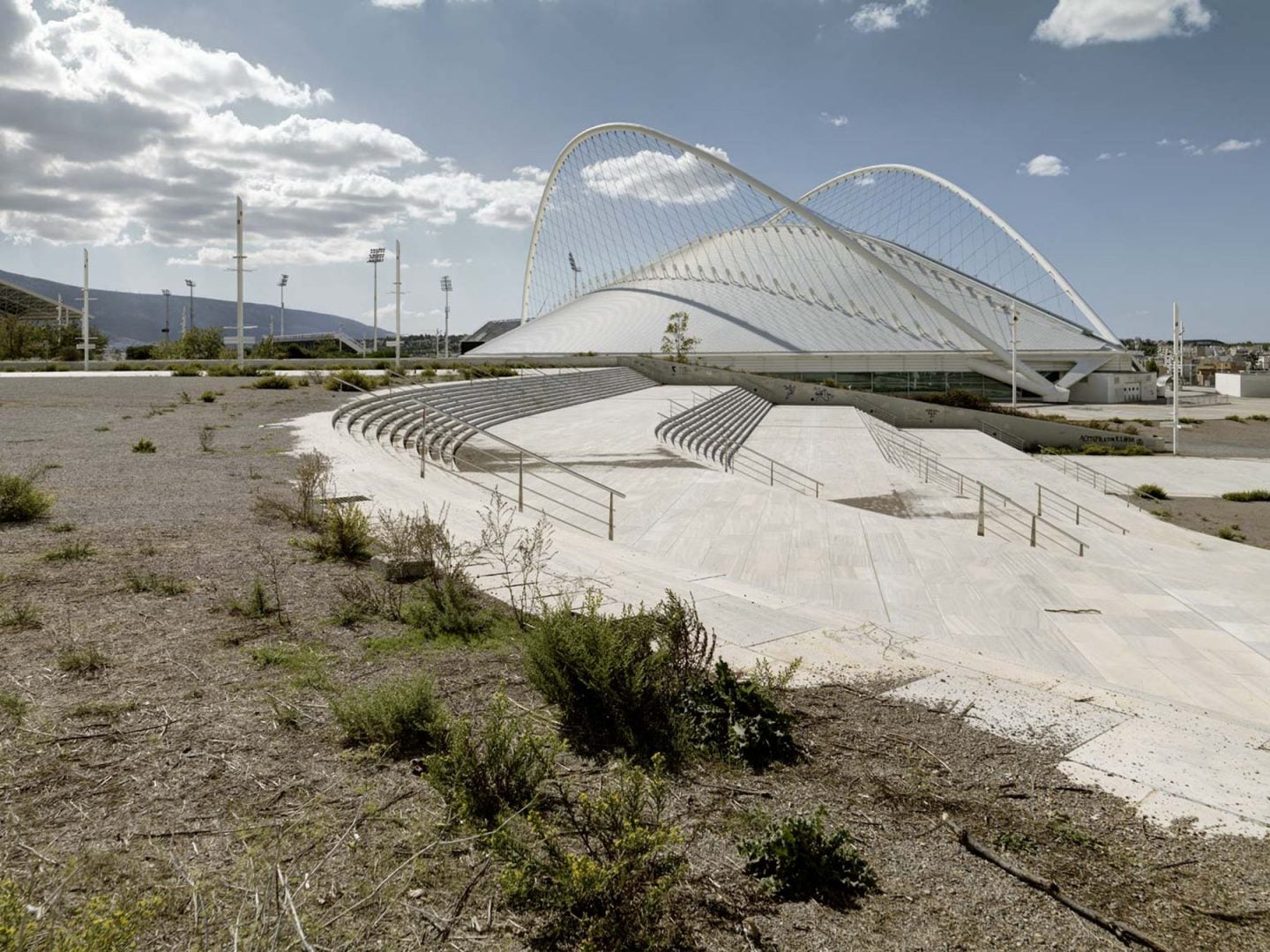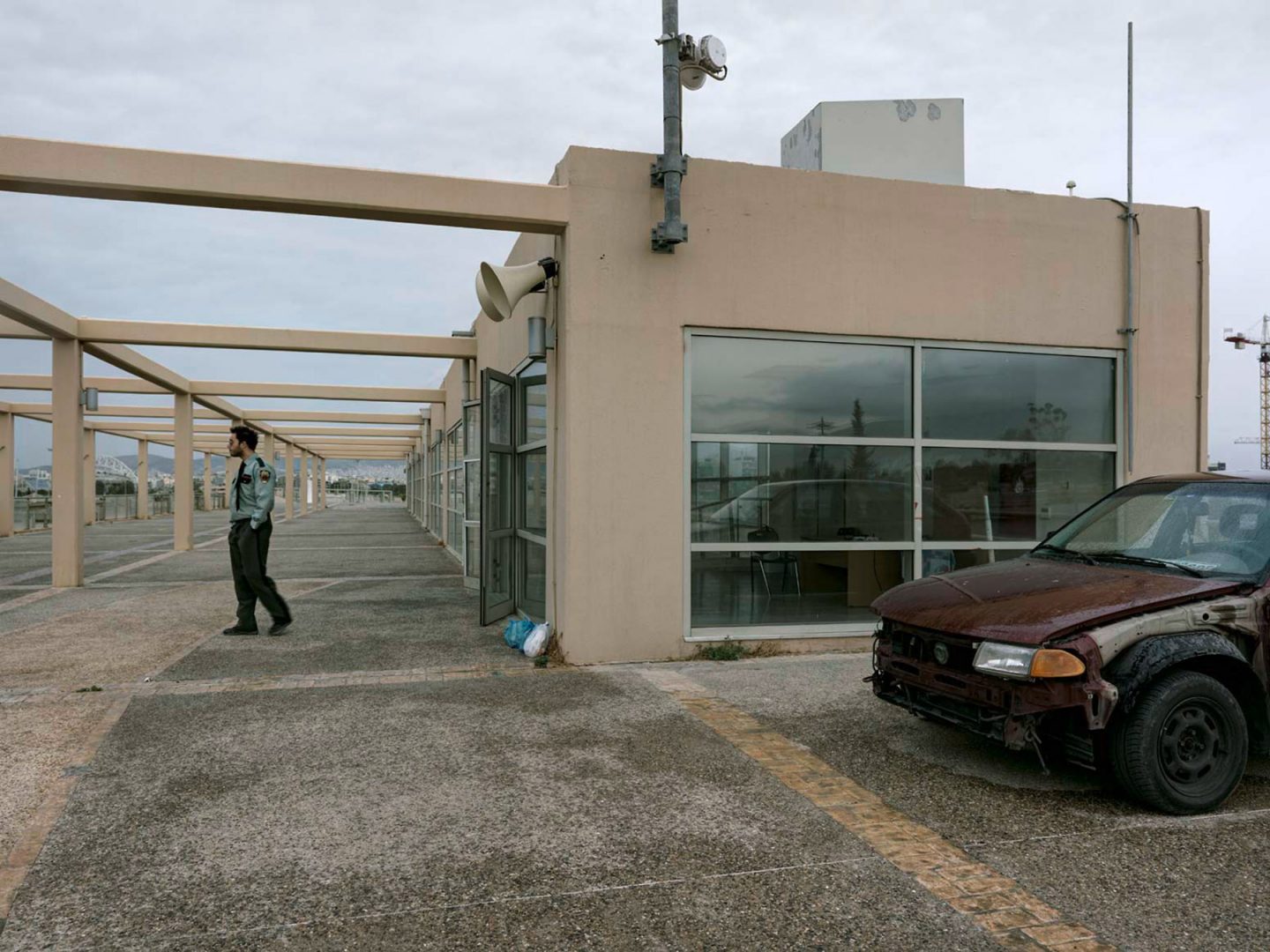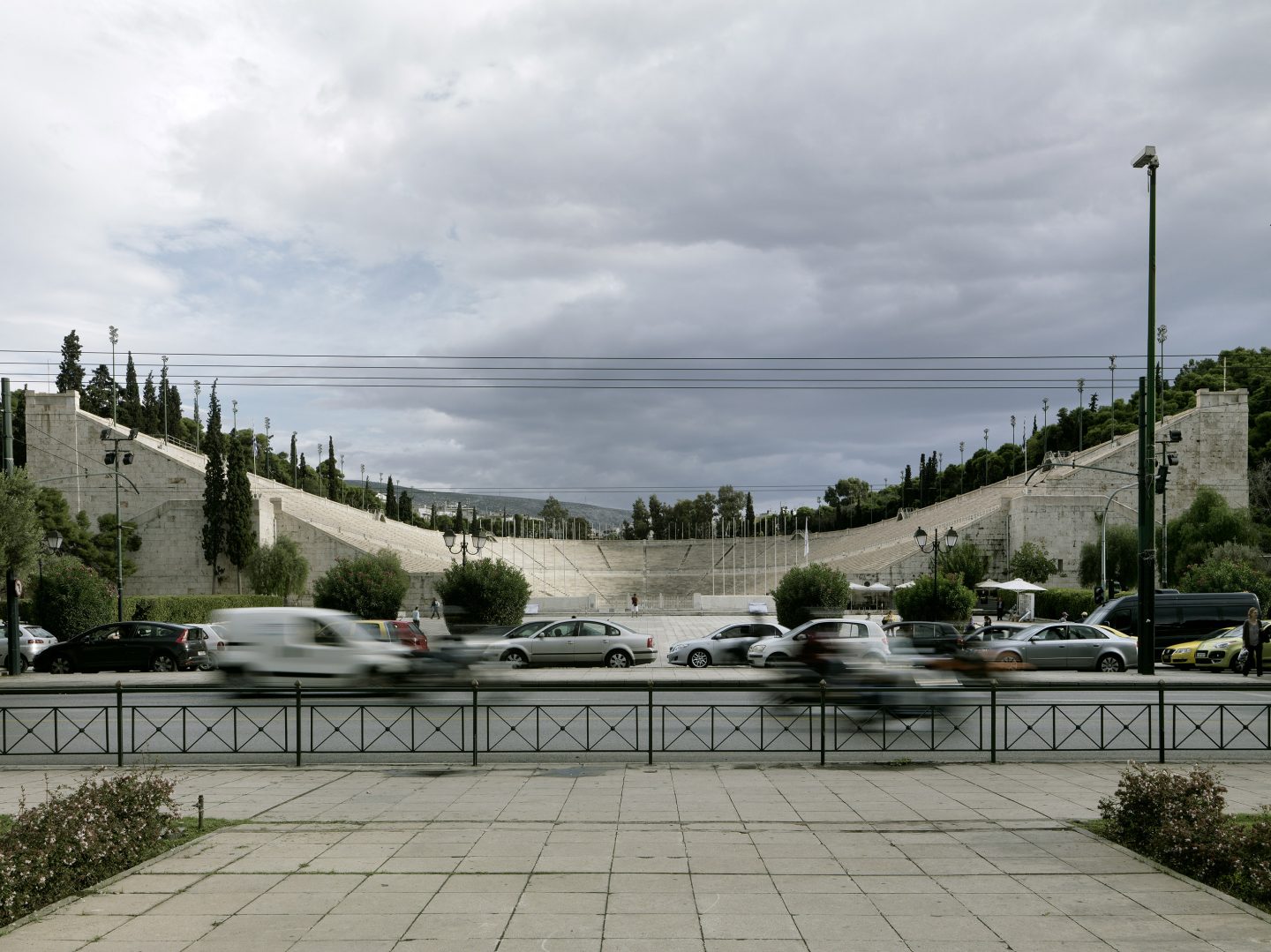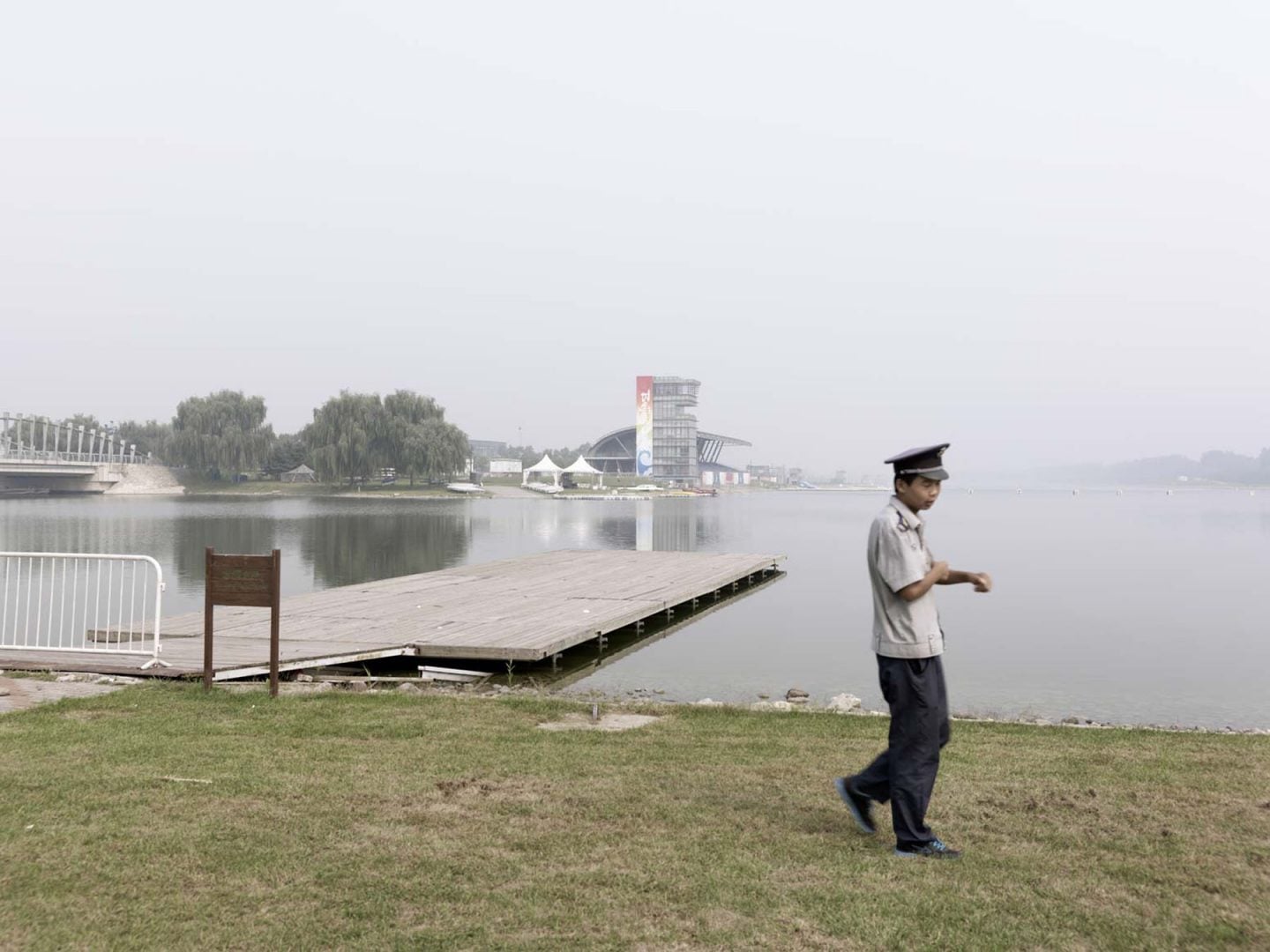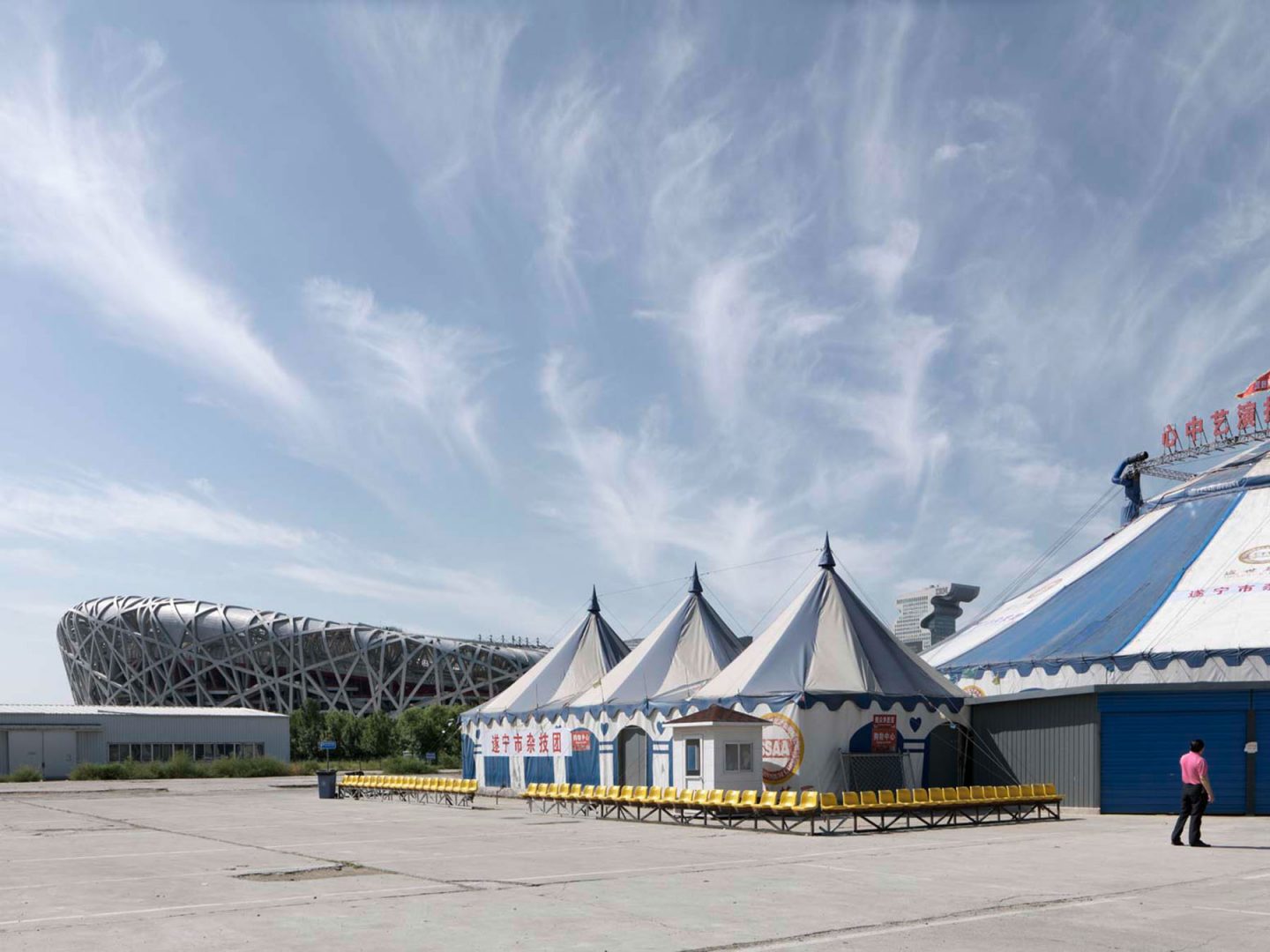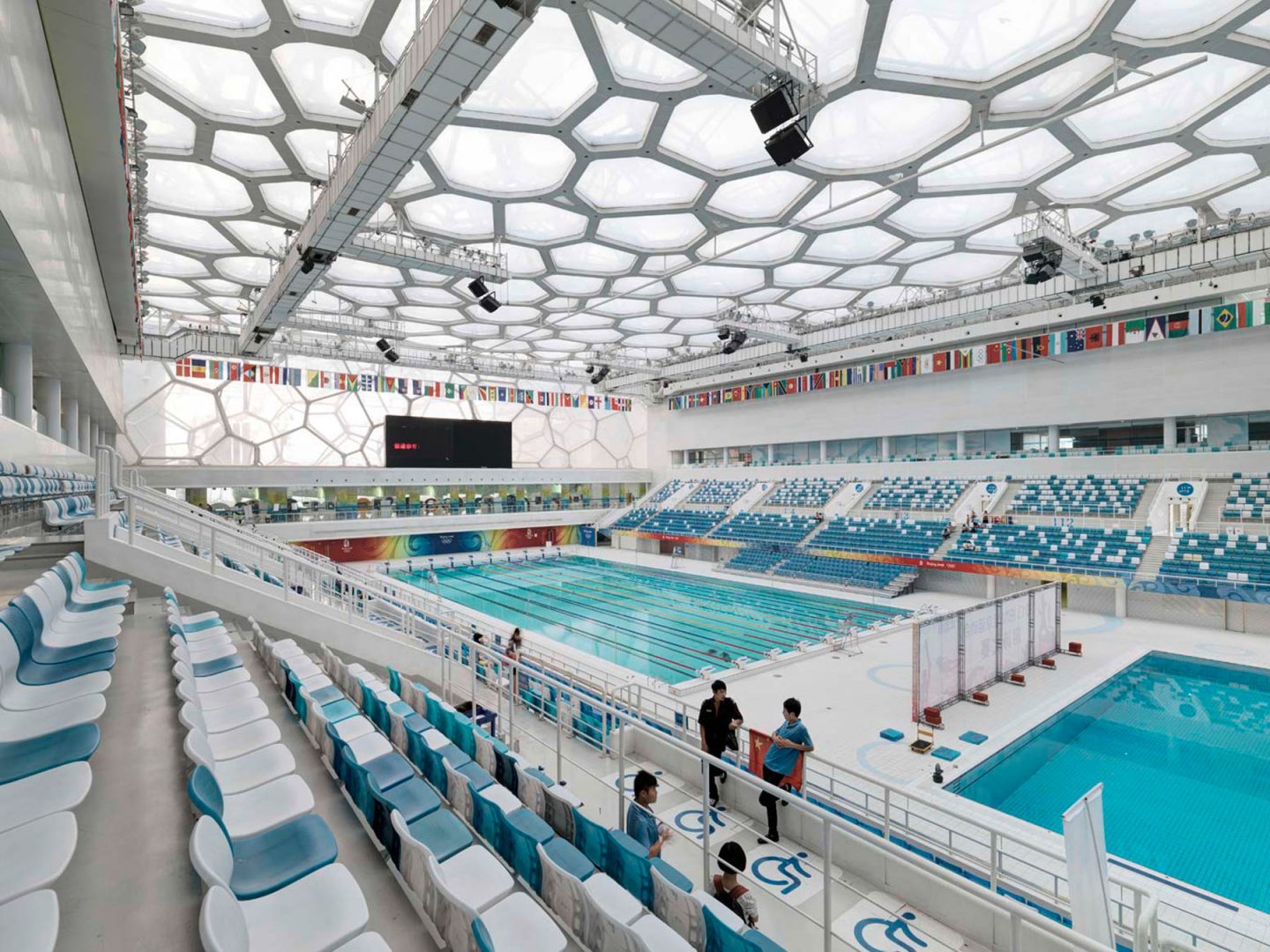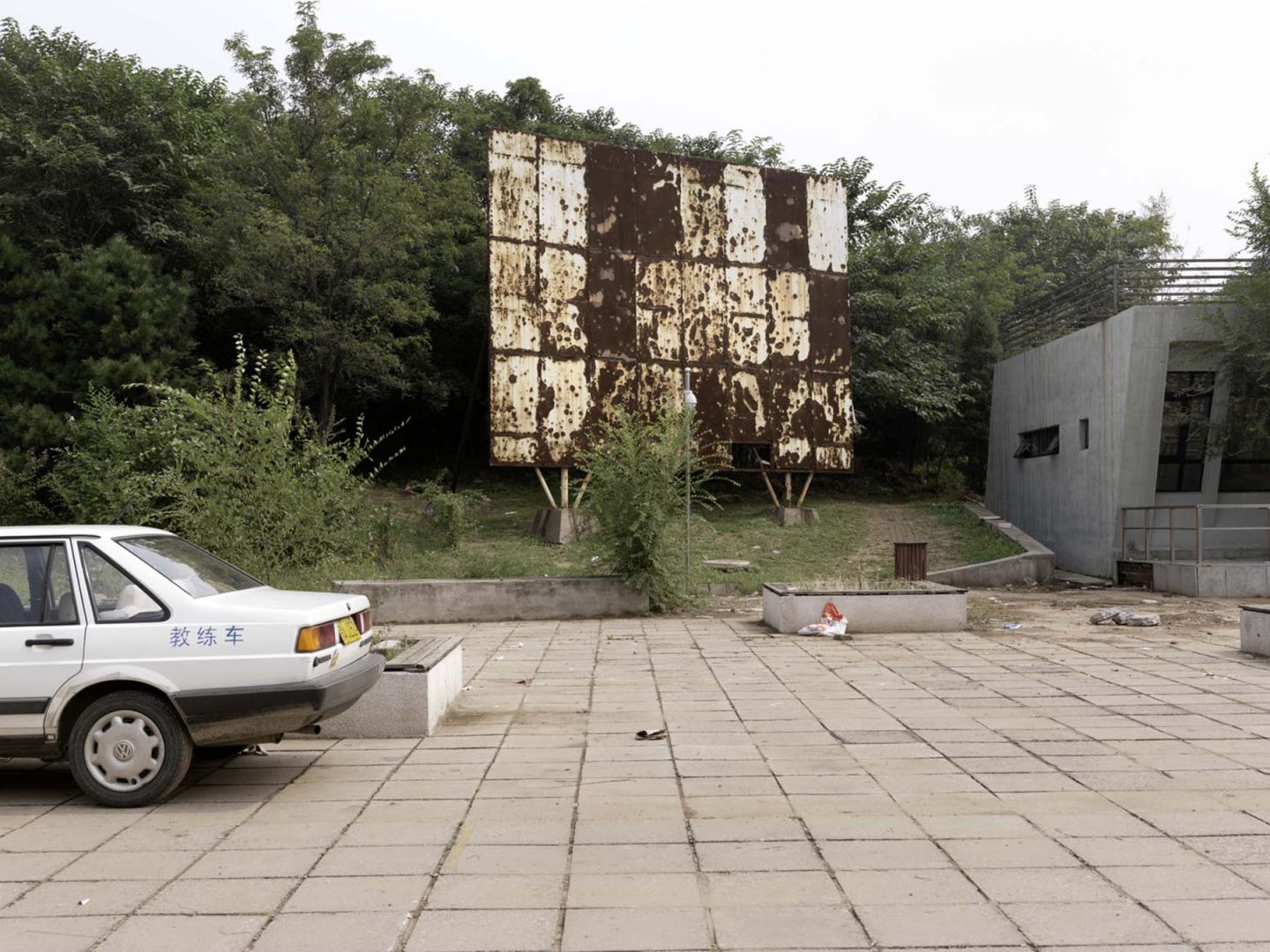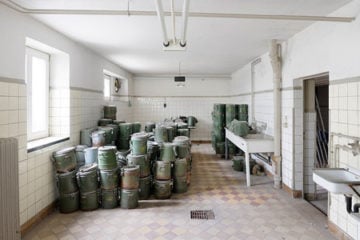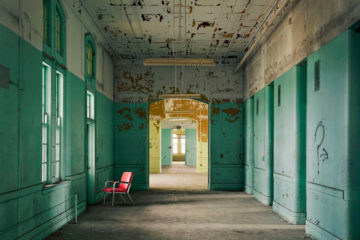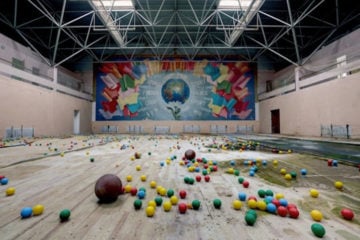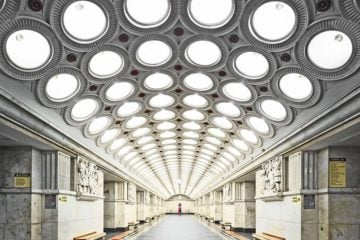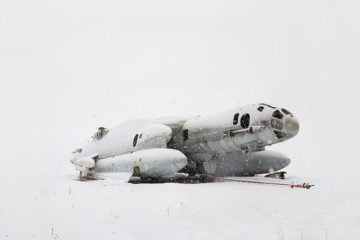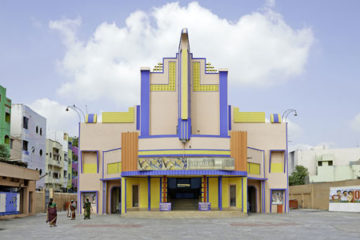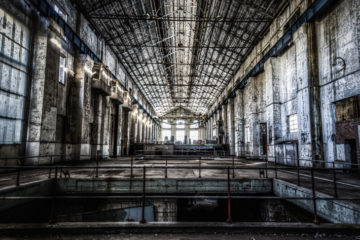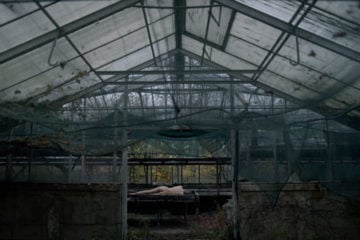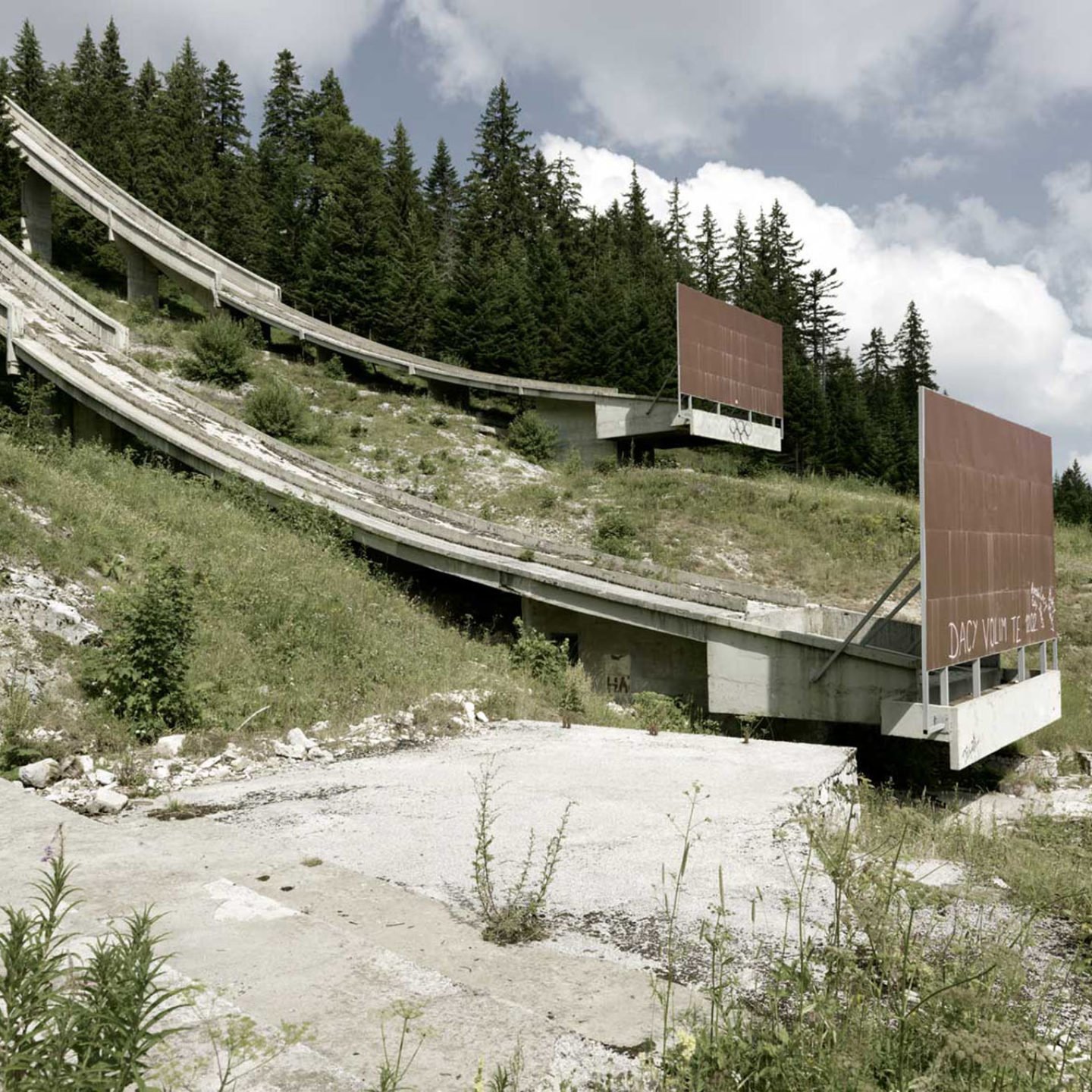
Olympic Realities By Bruno Helbling
- Name
- Bruno Helbling
- Project
- Olympic Realities
- Words
- Rosie Flanagan
Olympic stadiums are equally associated with sporting prowess and controversial spending — with nations pouring billions into the creation of sites that are doomed to be abandoned. Swiss-photographer Bruno Helbling’s project ‘Olympic Realities’ documents the places that have been deserted by the sporting circus.
The series is broad both historically and geographically — Bruno traveled to sites in countries as far-flung as Germany, Russia, and China to visit and photograph former Olympic sites. “Partially it was very strange to move in big stadiums or abandoned sports-fields without anybody nearby,” Bruno tells us. “I like this feeling of discovery through forgotten places and disenchanted hopes — it shows us a lot about mechanisms of our society.” We caught up with Bruno to talk about this project and its published form — in which photographs from each site are accompanied by an essay from an author with a connection specific to that Olympic city.
Sochi
How did this series begin?
My journey started in Berlin at the end of 2011, when I first visited what remains of the Nazi-Olympic facilities called ‘Reichssportfeld’. In truth, I was surprised how many of the venues still exist and are even, in part, still in use. I wondered what it would look like in other former host cities? During the Berlin bombings in 1945, not much of the Olympic infrastructure was damaged, not even in the center. The Olympic Village ‘Dorf des Friedens’ (Village of Peace) was at one time meant to be an infantry school for the Nazis after the war. That was, however, not to be. After Germany’s surrender, the Red Army took over the eastern part of Berlin, including the Olympic Village, and established their own training base and troop quarters on the former sports facilities.
I discovered many of these peculiar stories during my journey through six former Olympic cities between 2011 and end of 2014. The problems that have arisen after the big sports contest were the same in all of the countries I visited. It is shockingly inconsequential how long it had been since the cities hosted the Olympics, be it Turin (2006), Sochi (2014) or Beijing (2008). This leads me to conclude that the problems of the absence of sustainability are not only a theme for the Olympic cities, politicians or sport-officials in these countries, but more a problem of the requirements and conditions imposed by the International Olympic Committee (IOC) on the venue cities.
This series has a very somber air, what did these places feel like when you photographed them?
Partially it was very strange to move in big stadiums or abandoned sports-fields without anybody nearby. I like this feeling of discovery through forgotten places and disenchanted hopes, it shows us a lot about mechanisms in many fields of our society.
A bizarre scene occurred when I was photographing a Bosnian tourist with his girlfriend and pitbull sunbathing next to the winners’ podium at the ski jump facility nearby Sarajevo. He probably did not know, that this podium was the macabre site of Serbian assassinations during the Bosnian war and siege of Sarajevo from 1992-95. The resulting symbolic power of killing your enemy in his own famous Olympic grounds was clearly something the Serbian nationalist propaganda had sought. The touristic visits to these destroyed ski-jump facilities are in the minority. Many tourists and Bosnians make the trip out of curiosity about what happened to the famous Olympic fields. Nowadays the impressive concrete jumps stand like abstract sculptures in a wonderful landscape, rotting and rusting in time.
Sarajevo
Have you seen any sites that have been used in a positive way post-Olympics?
There are many positive aspects, you can see many of them in the Olympic Village in Sarajevo. Bombed and destroyed during the siege and almost left uninhabitable, it was renovated in part with support from the city of Barcelona and is a lively place once more.
The Olympic stadium in Berlin is another example, with a swim stadium and other sports grounds within close proximity, the area is renowned and continues to be used 70 years after the end of World War II. The ice stadium in Sarajevo-Kosovo was destroyed and later served as a mortuary during the siege. Nowadays it is used as a multifunctional sports facility. Of course one can also find a lot of national differences between the former host cities. Athens, for example, failed to continue to use their newly built sports facilities even before the financial crisis.
Athens
Where can the Olympic tradition go from here?
One might ask, how it is still possible, that cities and governments still agree to hold Olympic games despite these well known and well-documented problems in many former host cities? In democratic countries, it is becoming increasingly difficult to convince voters and taxpayers to finance these fantasies. We observed this in Norway, Austria, Switzerland and just recently in Hamburg. Autocratically-led countries continue to take their chances in hosting the Olympic Games. In Sochi, Baku, Almaty and Beijing political leaders are typically behind the bid. The viewers, sponsors and Olympic athletes should reject the political and commercial abuse of the Games.
The Olympic games should return to their original ideal: the common and peaceful competition of all nations, with the least commercial interests possible.
Beijing
All images © Bruno Helbling
